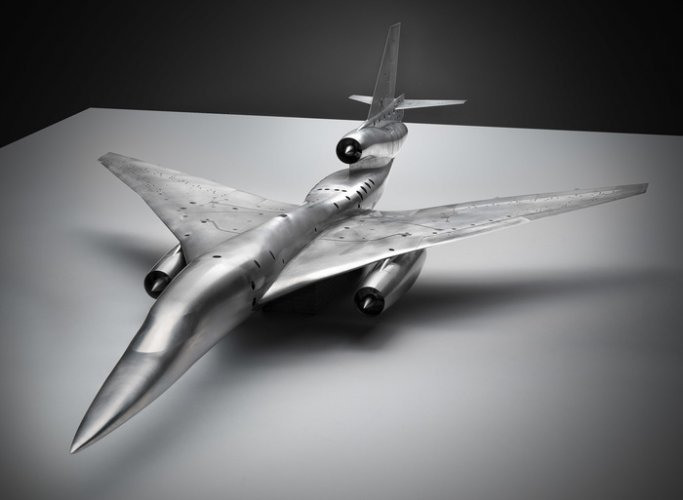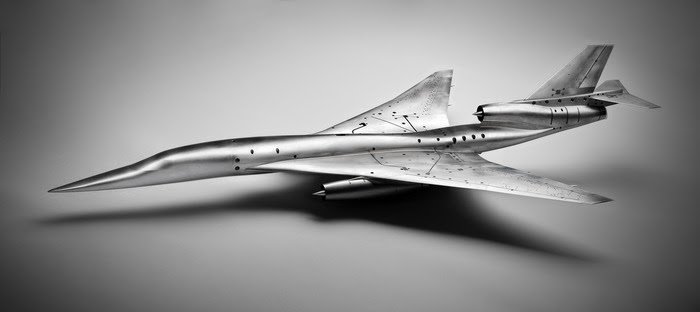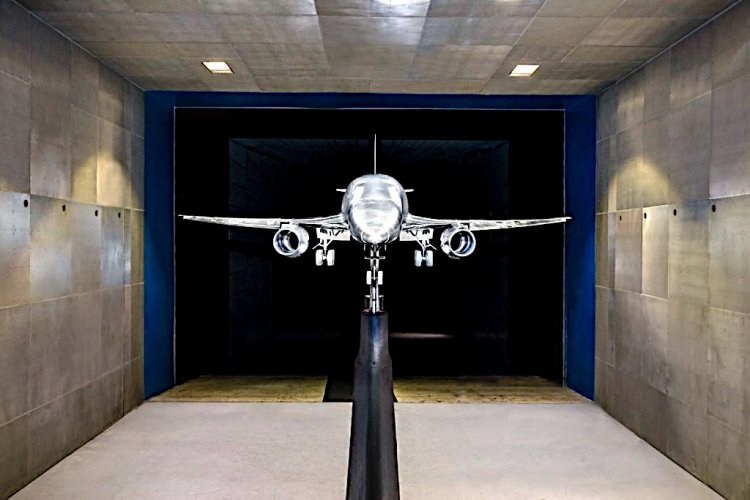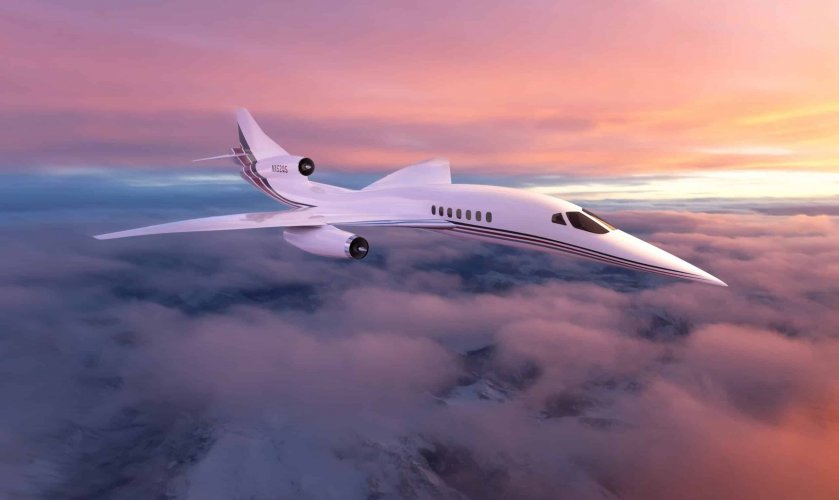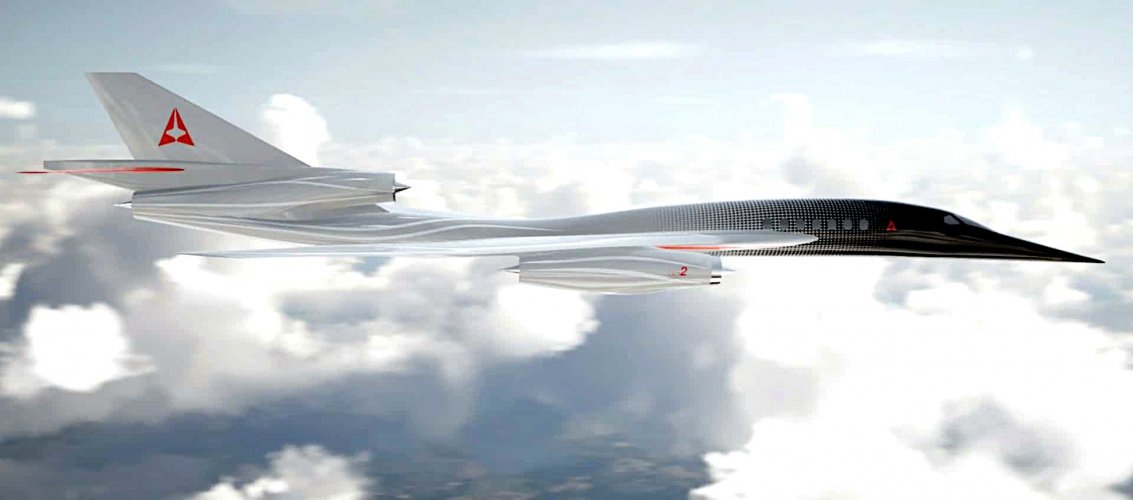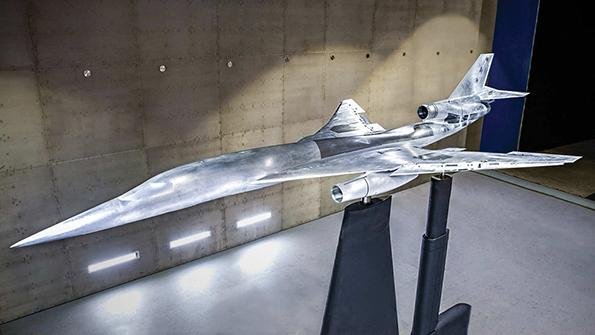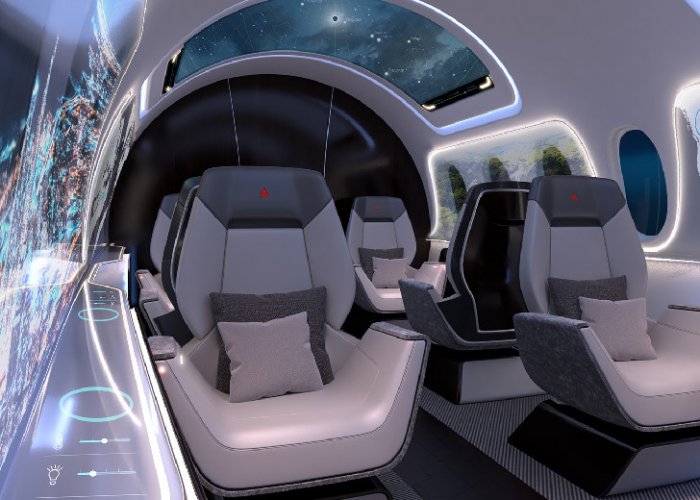For those interested in commercial supersonic flight, I recommend reading "Supersonic (Airliner) Non-Sense" by R.E.G. Davies. It is a very short read, but has some very good points. I think there are some significant flaws as well, but it is a worthwhile read. I believe there is a market for the 'right' supersonic airplane.
Boom definitely seems like they could fill that "right" gap focusing on proven aerodynamics, configuration, market and routes where Mach 2 flight really has its merits over typical cruise speeds like the Pacific. There is good reason why JAL has sent funds their way.
Boom's real challenge is the engine. If a clean sheet design is really necessary then perhaps they can reduce the three engine configuration down to two.
Boom has a few challenges:
1) They have committed to flying the XB1 demonstrator. I believe they originally claimed it would fly in 2017. Recently, they have stated early 2022. XB1 will consume a large amount of their capital. What technology is it demonstrating? It was originally claimed to be a M2.2 aircraft, but I now read that it is M1.3. Why is that?
2) It is difficult to design one supersonic aircraft with a relatively inexperienced team. Boom is trying design two concurrently. This is a major error in judgment and will likely adversely impact both aircraft.
3) There has been a massive amount of turn-over in their leadership team; much more than is typical, even for a start-up. It has occurred in both the technical and non-technical roles. This makes a difficult task even more so.
4) The ICAO Chapter 14 community noise rule is exceptionally difficult for a supersonic aircraft to achieve. This is the most difficult design challenge. The impact is to dramatically increase the maximum takeoff weight of the aircraft. This then reduces the number of routes in which it can operate profitably. This reduces the market size which increases the per aircraft non-recurring cost. In order to achieve a positive profit margin the selling price must be increased. The increase is selling price increases the overall operating costs which further reduces the market size for the aircraft.
5) There is a big difference in the performance of a new versus a derivative engine. An engine OEM will not commit to an all new engine program unless there is a large capturable market size. Because of 3) above there is not a large enough market to compel an engine OEM to develop a new core. So the newest propulsion technology cannot be utilized to improve the efficiency of the aircraft. This actually is most impactful in the weight of the propulsion system. This further limits the performance and hence market size for the aircraft.
6) Boom’s large valuation is based on becoming an independent OEM with entry into service in 2029. If Boom tries to commercialize this independently it will take at least five years longer. This blows up the already fictitious economics.
In summary, there is a lot of stupid VC money out there in the $10M to $200M range. Boeing’s investment in Aerion was at least $200M. Is Boeing “stupid”? Well, companies aren’t stupid. But the decision to invest in Aerion was made out of Chicago without vetting by the technical experts in Seattle. So, “stupid” decisions can be made by arrogant leaders. I imagine Boom will be able to continue to raise stupid money, but at some point they need an engine commitment. That will require a much higher burden of proof that the business case closes. Don’t believe that GE was ready to commit to the Affinity engine. GE and RR both have strict gating processes for good reason. They will take the money from companies like Aerion and Boom when they are being very well compensated, but a go-ahead commitment will require either a huge investment by the airframe OEM or a very strong business case. As Aerion found out, the serious ‘smart’ money requires a different level of confidence. Aerion, Boom, Spike, Exosonic, Virgin Galactic, and Hermeus can print all the claims they want, but they are just claims. I can show you plenty of ‘printed’ claims that the earth is flat. Do you believe that?
Lastly, if you don’t have a viable concept, spending a lot of money on it is just ‘good money after bad’.






